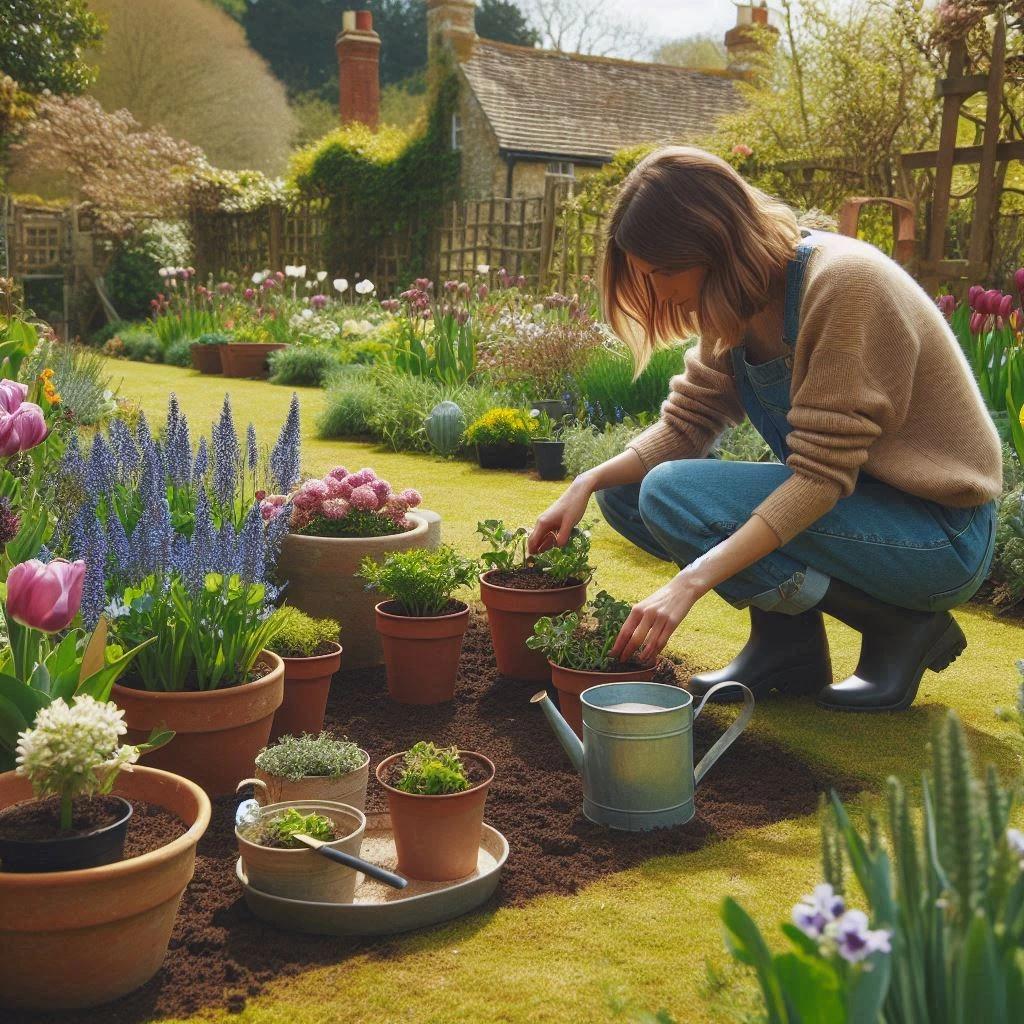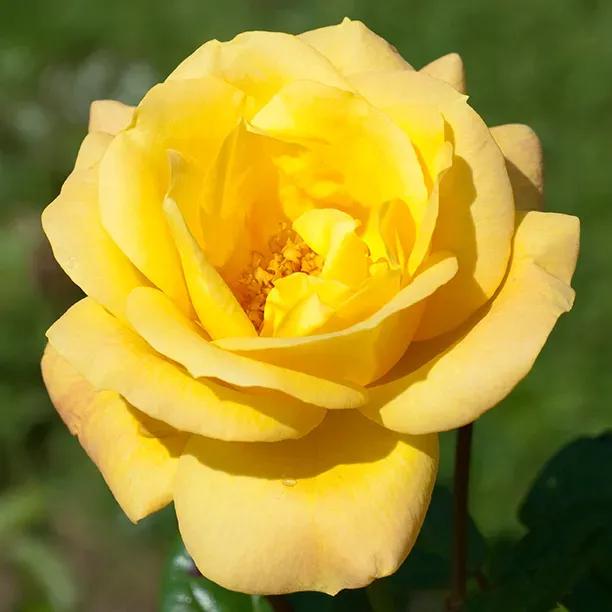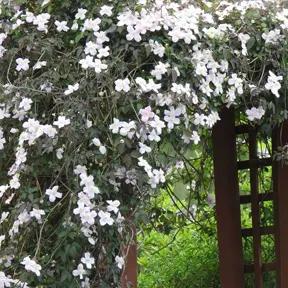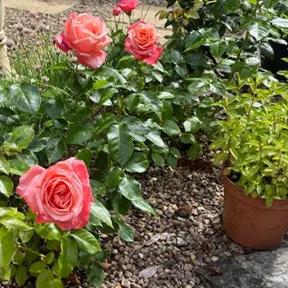Laura Ford Patio Climbing Roses
- Cimber
- Colour: Lemon yellow
- Flower Shape: Double
- Fragrance: Mild, fruity
- Flower Period: Repeating June-September
- Leaves: Mid-green, glossy.
- Height x Spread: 3m x 2.5m.
- RHS Award of Garden Merit
Description
Rosa Laura Ford - Climbing Roses. 4 Litre Pots.
The large, double flowers are lemon yellow with a variable pink tinge on the rims, fading to sorbet at the tips with age, and have a mild, fruit scent. Dark, glossy leaves. Compact, upright and tidy to 2-3m.
Browse our Climbing Roses or all of our Rose Bushes.
Features:
- Climber
- Colour: Lemon yellow
- Flower Shape: Double
- Fragrance: Mild, fruity
- Flower Period: Repeating June-September
- Leaves: Mid-green, glossy.
- Height x Spread: 3m x 2.5m.
- RHS Award of Garden Merit
Growing Laura Ford Roses
Good, well drained soil, a little sun, and something sturdy to grow it up is all you need. Roses thrive on clay as long as it is not too waterlogged in winter.
This variety is shade-tolerant, although full shade on a North-facing wall is probably too much.
Planting Instructions
How to Plant Climbing Roses
You can order bareroot roses for delivery from November to March. Containerised plants are available year round.
Soak your roses' roots or pots for a little while before planting. This is an opportunity to prune the stems down to six to ten inches, and inspect the roots to trim off damaged ones.
Choose a spot with reasonable light: semi-shade will do, but full shade will not. Prepare the soil by breaking it up with a fork while removing roots, stones, etc.
- On dry, sandy and chalky soil, dig a big hole, then backfill it with a soil mix improved with three quarters organic material, including compost and manure for fertility, and leafmould for water retention.
- On good garden soil, adding some organic material is beneficial, especially manure. Dig a shallow hole, deep enough to allow the graft/union to settle right at soil level, and wider than the roots.
- On really heavy clay, which rose roots love, you do not need to improve the soil by digging stuff into it; use organic material as a mulch on top of the soil afterwards.
Spread some Rootgrow mycorrhizal fungi around the bottom of the hole, where it will make contact with the roots.
Arrange a mound on the floor of the hole to set your rose's roots on, so they spread out, and the graft-union is slightly above soil level. Backfill the hole with the planting mix, firming it down as you go, at first with your hand to fix the rose in place, and then with your heel to firm it. Dust some bonemeal on the surface and water in thoroughly. In the process, the soil will settle down so that the graft is clear of the soil.
How to prepare and plant a bareroot climbing rose video.
Mulch well in spring, and keep well watered during dry periods for the first year. Deadhead repeating roses to encourage continuous flowering.
Newly planted roses shouldn't need much rose food, maybe a dash on poor dry soils. When they are settled in the second year onwards, feed them during the growing season with homemade compost teas and foraged sea weed, or some of our Biofertiliser rose food.
Mature shrub roses need gentle pruning compared to floribundas and hybrid teas. Prune to tidy the shape in winter. First remove the usual dead, diseased and badly positioned wood, ideally cutting out whole shoots back to a main stem, or outward facing bud. Then remove the wispiest stems, and some of the oldest wood from the centre.
Did You Know?
Bred by Christopher H. Warner and released in the late 80's, registration name CHEwarvel. It has also been sold as King Tut and Normandie. It won an Award of Garden Merit and a Certificate of Merit from the Royal National Rose Society, and a prize for best miniature rose at the 1999 Vancouver Rose Society Show.
The seed parent was Anna Ford (a miniature Harkness rose), and the pollen parent was derived from Elizabeth of Glamis crossed with a hybrid of Galway Bay and Sutter's Gold.
It's Summer Planting Season 2025

Pot Grown & Plug Plants Delivered

Direct from the Nursery Value

No more broken plants in the post!








